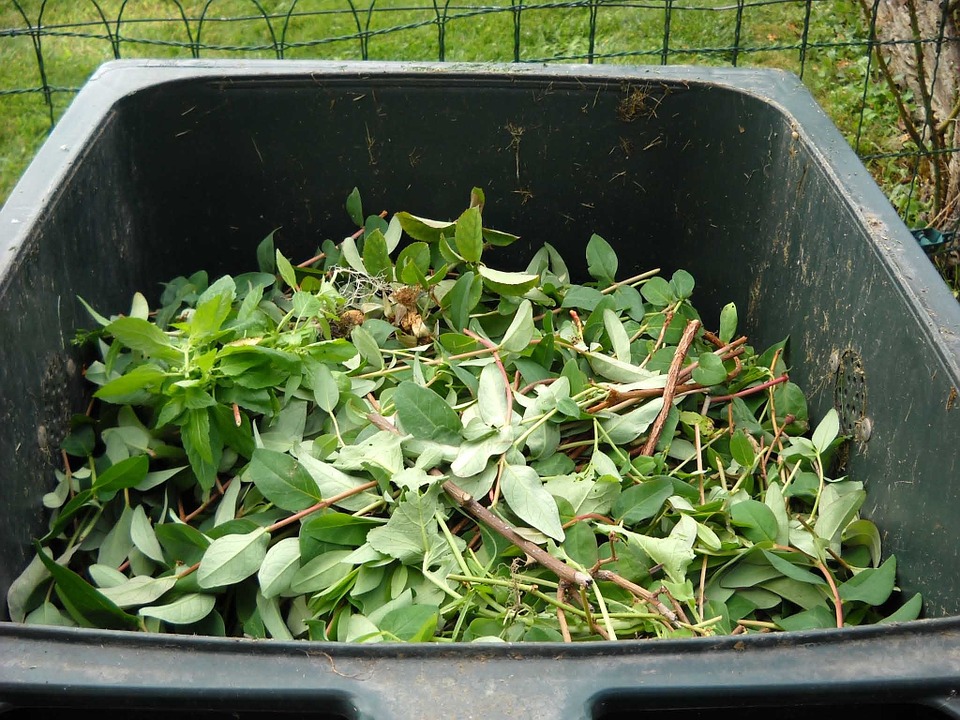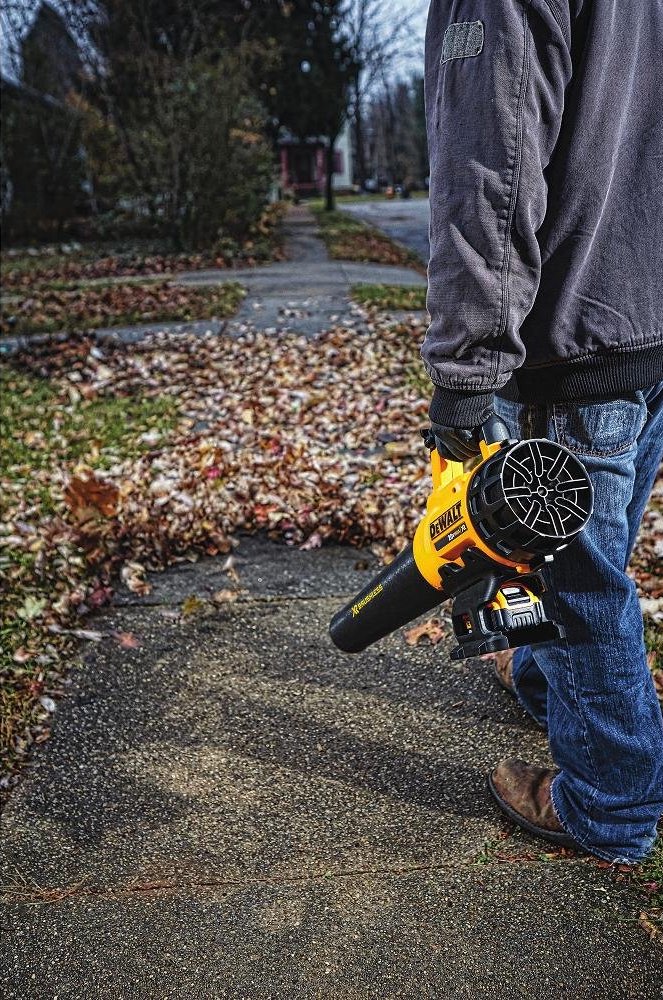
In Autumn, you will see those green leaves turning golden-yellow and slowly falling on the ground. But no matter how good they look falling, you should never let them rot in the garden. There are ways to manage fallen leaves for the betterment of your backyard and home gardens.
Don't commit the old classic piling of leaves, because they are going to welcome bugs and plant-killing germs. According to the Environment Protection Agency, (USA), yard waste accounts to be around 20 percent of total garbage produced in one year.
When you see leaf litters, there are ways to make them work for your garden or yard to grow new vegetation and support the remaining plants for rest of the fall.
Rototill Your Lawn
If you are not growing any vegetation in your garden or yard, then rototilling the leaves will be the easiest way to get rid of them. Tilling is the first step if you are just starting a landscaping job or trying to rejuvenate an old lawn.
Though this process does not improve the organic behavior of the soil, it is a very common practice to get rid of unwanted fallen leaves without harming the current flora of your yard.

Mulch It
Mulching those fallen leaves will be the best solution for people having a large yard or heavy shedding plants or trees in the garden. With the help of a rotary mower, you can shred them into small pieces.
Using leaf mulch around your plant is going to protect them from worms and yard bugs. It is also going to protect your garden bed from harsh winters as well as eliminate unwanted weeds.
Make Compost
If your state jurisdictions do not collect leaves blown on the road, it is wise to use them in making your compost. If you have a compost tumbler, then collect these autumn leaves and mix it with other organic waste inside the bin.
To speed up the decomposing process, you should shred them before putting it all inside the compost bin. Keep rotating the tumbler regularly to make the best organic compost for your garden.

Use it as Insulator
With the help of a blower, collect all the fallen leaves at one place and dry them out in the sun or use a heat blower. Now you can use them in two basic ways for insulation. First, spread them around small-growing plants to protect them from rough weather and chilling breeze.
One can use a small fence around the plant and pour the dry leaves as insulating material. You can also use them as a storage shed insulator to protect your heavy machinery from winter. If you can afford a space heater for your storage space, then try this method.

Use a Leaf Blower
If you don't want to work in your garden and are looking for a simple and easy solution to fallen leaves, use a leaf blower. It will help you blow out the heaps of leaves from your yard.
While using a leaf blower, make sure you blow them far from your garden, otherwise they will become a breeding ground for mosquitoes and other yard bugs. If your state jurisdiction does not operate programs to collect leaves from the road during fall then try any one of the above ways.

Those fallen leaves look great on the ground for some time, but it is necessary to take care of them. Some people see them as garbage while others see them as free organic fertilizer.





.jpg)
.jpg)